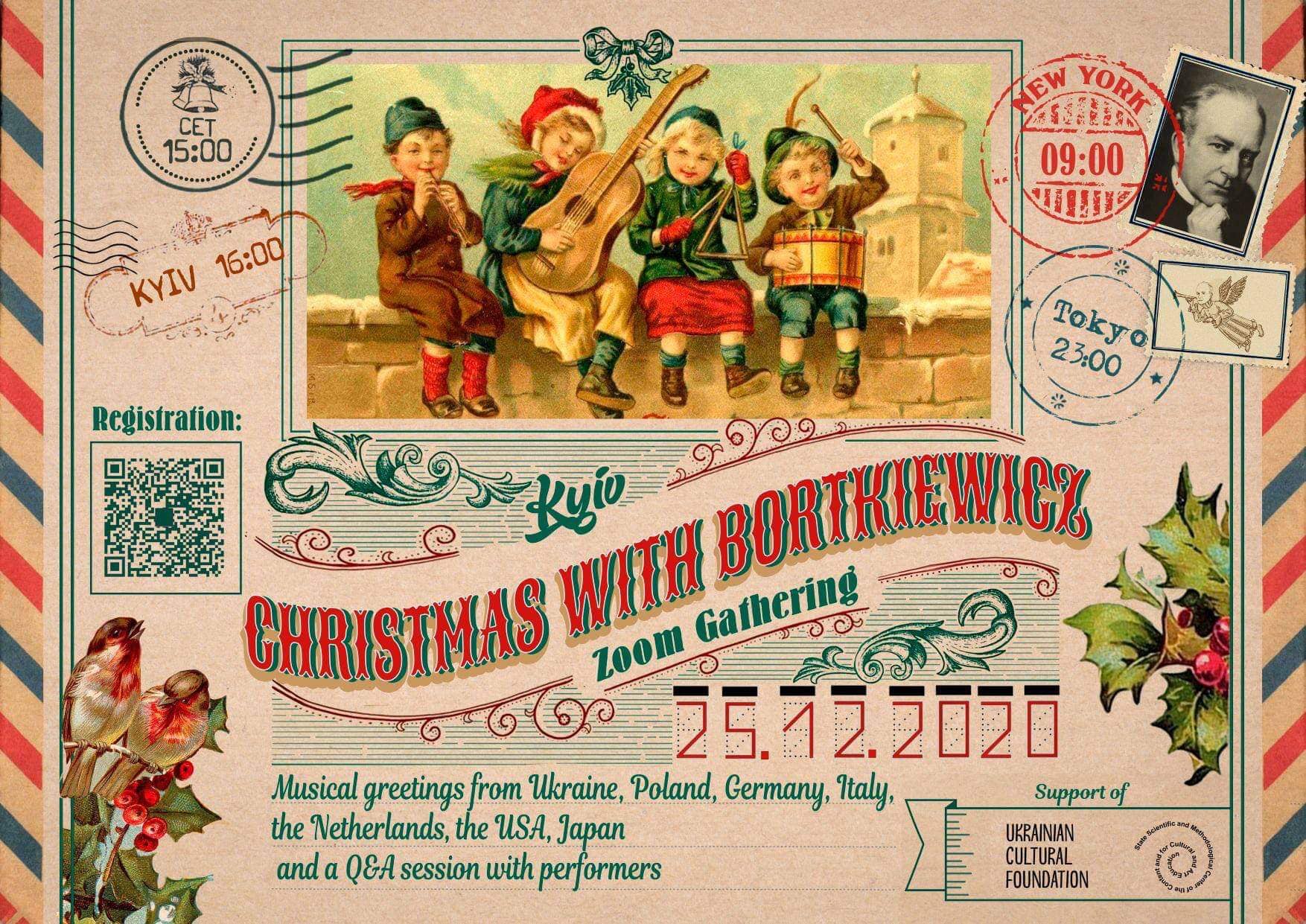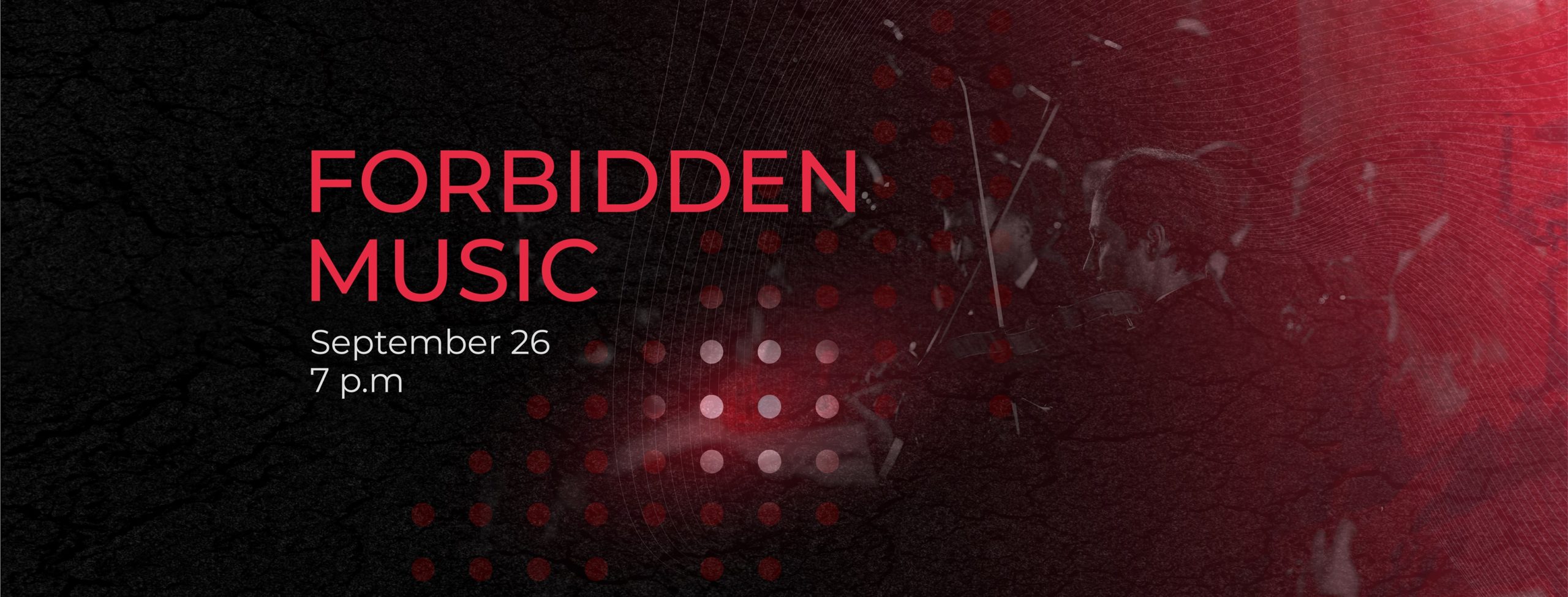It offers music pieces by more than 40 Ukrainian composers from various eras and classical styles and genres, starting from 17th century baroque, throughout classicism, sentimentalism, romanticism, up to the modern classics of the 20th-21st centuries. Most of the names are not widely known to the general public.

“In fact, there was not a single free access source where classical music fans could find Ukrainian classical music pieces from the 17th century in good quality recording, with competent annotations. We have found many pieces in the archives, gathered a database of records, and created a mobile application as the most popular source that everyone uses, and where Ukrainian music of different styles, composers and genres across the centuries would be present,” said Ivan Ostapovych, the artistic director of the Ukrainian Live Classic project at the presentation of the app.
Ukrainian Live Classic is available on Google Play and App Store and is free for users. The Ukrainian Cultural Foundation supported the creation of the app, and its further operation is going to be ensured by partners – the Galician Music Society and the Lviv Organ Hall. There is also a donation system for those who want to support the project, according to Ukrinform.
There are some well-known names among the composers featured by Ukrainian Live Classic, such as Mykhailo Verbytskyi who authored the music for the Ukrainian national anthem, Mykola Lysenko famous for collecting folklore songs, Mysovlav Skoryk, the modern classical composer. Most of the composers discovered by the application, however, are known only to classical music professionals and the app makes the Ukrainian composers and their art closer and more accessible to everyone.
What’s in the app?
Download the app: iTunes App Store / Google Play Market

The Baroque era of classical music dates back to XVII-XVIII centuries, the most famous composer of the period was Johann Sebastian Bach. Ukraine’s baroque in music is represented by composers Mykola Diletskyi and Simeon Pekalytskyi. The app has Diletskyi’s Requiem Liturgy and other spiritual pieces.
The human is the central object of attention in Baroque ethics, morality, philosophy, aesthetics, and art. In all the contradictions of the Human’s nature, and it represents the ideal of the era. Ukrainian Baroque was very bright and had a few unique features different from other European incarnations of Baroque aesthetics. This style became a cornerstone on the path of Ukrainian culture and a turning point in its later development — Ukrainianlive.org

The Classicism era (the second half of XVIII – early XIX centuries), mostly known by the names of Wolfgang Amadeus Mozart and Ludwig van Beethoven in Europe, was presented quite modestly in Ukraine that lost its statehood in that period with the fall of the Zaporozhian Sich. Several most famous Ukrainian composers of that time – Maksym Berezovskyi, Dmytro Bortnyanskyi, Artem Vedel, Ivan Khandoshko, and Stepan Dehtyarevskyi – had to live and work in the Russian Empire’s capital city of St. Petersburg, and in Moscow. From the era of classicism, Ukrainian Live Classic features the pieces of Maskym Berezovskyi and Dmytro Bortnianskyi.
Much of the musical heritage of Ukrainian Classicism has not survived. Still, there is speculation that serf orchestras’ repertoire included numerous classicist works not only by Western authors, as evidenced by the Razumovsky music library, but also by Ukrainian serf composers – often musicians of these orchestras. Classicism influenced the beginning of opera, symphony, instrumental concerto, sonata (piano, violin, cello), instrumental quartet, quintet, septet, variations, etc. in Ukraine — Ukrainianlive.org.
Sentimentalism emerged in classical music in the middle of the XVIII century, together with the spread of Classicism. The genre of romance that focuses on personal feelings, often in a sad and even tragic tone, became popular at that time. In Ukraine, there were folk romances and romances of literary origin. Some romances gained international popularity, for example, «Їхав козак за Дунай» (“The Cossack Went Across the Danube”) by S. Klymovskyi, the German version of the song called Schöne Minka emerged later and became the basis of variations by L. van Beethoven and C. M. von Weber. Sentimentalism included not only popular romance songs of the time but also classical pieces which are presented in Ukrainian Live Classic with choral concertos by Artem Vedel.
Sentimentalism became especially significant for Ukrainian art … because it corresponded to the “scattered sentimental nature of Ukrainians,” as XX century composer Stanislav Lyudkevych noted. It focused on values that traditionally prevailed in the Ukrainian national worldview: lyricism, sensitive perception of nature, the superiority of “heart” over “mind,” admiration for quiet domestic joys. The liquidation of the Zaporizhzhia Sich in 1775 and the loss of the Cossack freedom forced Ukrainians to seek solace in a narrow home circle, nurturing family values and preserving ancestral traditions — Ukrainianlive.org
Romanticism was a stylistic movement in European music of the XIX century. The app features the pieces of Ivan Levystskyi, Mykola Lysenko, Mykhailo Verbytskyi, Ostap and Nestor Nyzhankivskyis, and Denys Sichynskyi, composed in various genres. There are sonatas, symphonies, various types of vocal pieces, including romances and ballads,
The heart’s metaphor in Ukrainians’ cordocentrism unites both emotional and sensual, rational, natural and social, male and female freedom, knowledge and love, beauty, and holiness. These are the highest values affirmed in Ukrainian Romanticism, which in the first half of the nineteenth century established itself in Ukrainian art in all its forms, developed very powerfully, and was manifested almost until the beginning of the twentieth century — Ukrainianlive.org

The classical music of XX-XXI centuries is diverse and Ukrainian Live Classic features a variety of pieces in various genres and styles, composed by 33 famous Ukrainian composers from that period. Among those are classical pieces by Mykola Leontovych, Valentyn Silvestrov, Myroslav Skoryk, Levko Revustskyi, Viktoria Polyova, Almashi Zoltan.
The interwar twentieth century sharply divided Ukraine between the USSR and Poland, Romania, and Czechoslovakia. On the one hand, Ukrainian artists of the western territories still had a limited opportunity to develop a specific culture, working in innovative trends of European music; on the other hand, in Eastern Ukraine, Ukrainian artists were repressed, banned, and executed. Music performed mostly an ideological function, which significantly reduced its artistic level.
The 1960s brought radical changes into this picture: a new generation of talented composers emerged which went contrary to the socialist-realist system conventions; following avant-garde trends, they brought up a “new wave of folklore”, with the advent of new soundings and sound recording devices, electronic instruments, and a radical change in artistic forms.
Ukrainian independence in 1991 brought down ideological constraints and allowed the flowering of a new generation of composers, who adapt the latest musical achievements yet re-read the Ukrainian spiritual tradition, interpreting national archetypes.
The period of Independence is marked by new musical life trends – the emergence of numerous international festivals and competitions, open contacts with the rest of the world, the revival of forgotten names, and whole national culture layers — Ukrainianlive.org
Read more:
- Ukraine’s “main musical event of the year” featuring 10 centuries of sound to be streamed online
- Famed Ukrainian composer Myroslav Skoryk dies aged 81.
- Explosion of new Ukrainian music after introduction of protectionist language quotas
- Bondi Vesolovsky and Yabtso Jazz: swinging Lviv in the 1920s-30s
- What it means to organize a major music festival in Kyiv
- The three Ukrainian women breathing new life into ancient musical traditions
- A Ukrainian composer’s gift to the world of Christmas music
- A Ukrainian Christmas music playlist from Euromaidan Press
- Eurovision winner Jamala releases music video for ‘1944’
- Ukrainian poet and musician murdered in Donetsk







